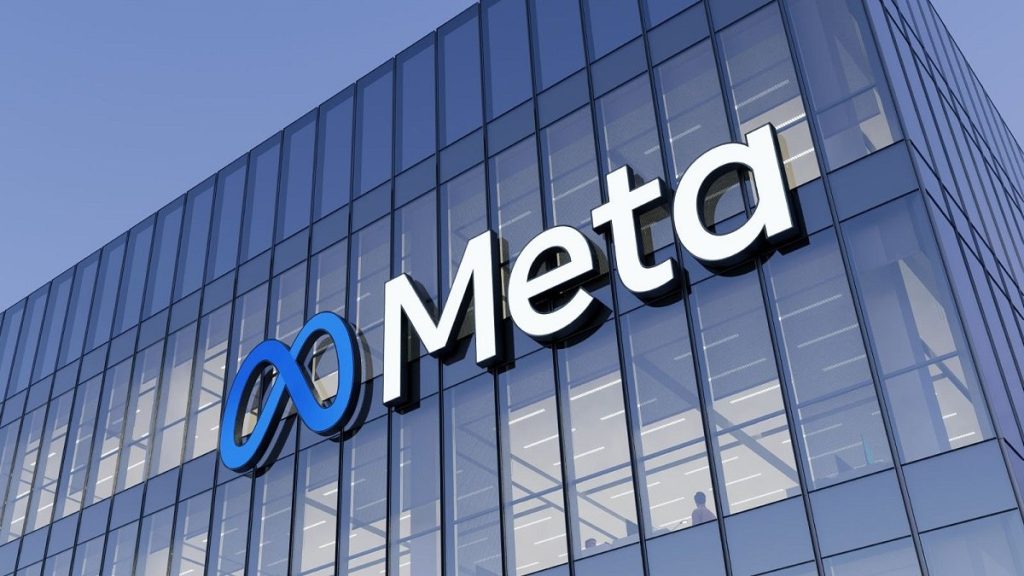Meta announced this week the signing of three new solar power purchase agreements, with a total capacity of nearly 1 gigawatt (GW), providing green energy support for its data centers amidst a surge in AI computing demand. This brings Meta’s total solar procurement for the year to over 3 GW.
The three newly contracted projects are located in the US states of Texas and Louisiana. The Lubbock project in Texas will supply Meta with 600 megawatts (MW) of electricity, is scheduled for commercial operation in 2027, and will connect to the local grid to offset data center power consumption. The two agreements in Louisiana involve the procurement of “environmental attributes” for 385 MW of generation capacity. The related solar projects are expected to be completed within two years, and Meta will offset part of its high-carbon electricity use by acquiring Environmental Attribute Credits (EACs).
Through these procurements, Meta has three clear objectives: matching electricity consumption with green power supply to reduce carbon intensity, locking in long-term energy costs to mitigate price volatility, and strengthening its climate-responsible image in response to regulatory and investor expectations. Solar energy’s short construction cycle and significant cost advantages make it a preferred choice for tech giants.
Notably, the EAC mechanism used in the projects has sparked industry discussion. This carbon offset tool previously helped industry development when renewable energy costs were high. However, now that wind and solar costs are lower than fossil fuels, its incentive effect has diminished. Experts question whether EACs can genuinely bring about new additional capacity, with critics urging companies to directly promote the construction of new green power projects rather than merely purchasing credits.
From a procurement strategy perspective, Meta’s energy strategy is shifting from “compensatory” to “constructive.” By using long-term Power Purchase Agreements (PPAs) to ensure price stability, deploying projects across regions like Texas and Louisiana to enhance grid resilience, and running multiple projects in parallel to optimize the power mix, Meta aims to both “reduce carbon and increase efficiency” for its AI data centers and solidify its leadership position in green technology.



